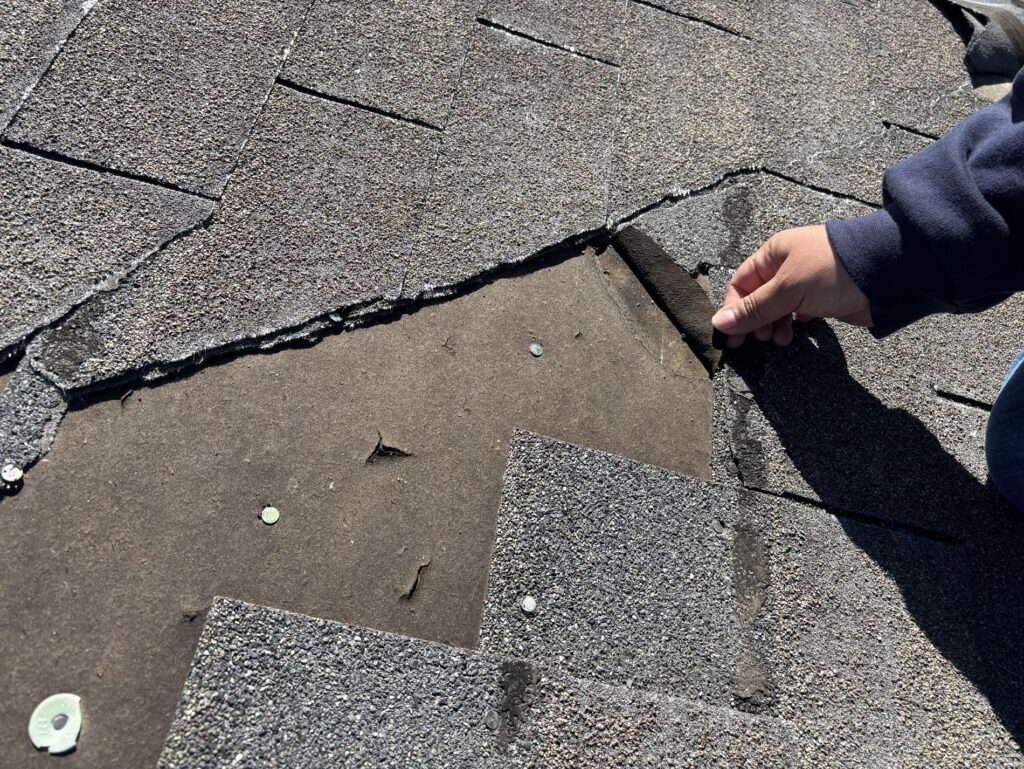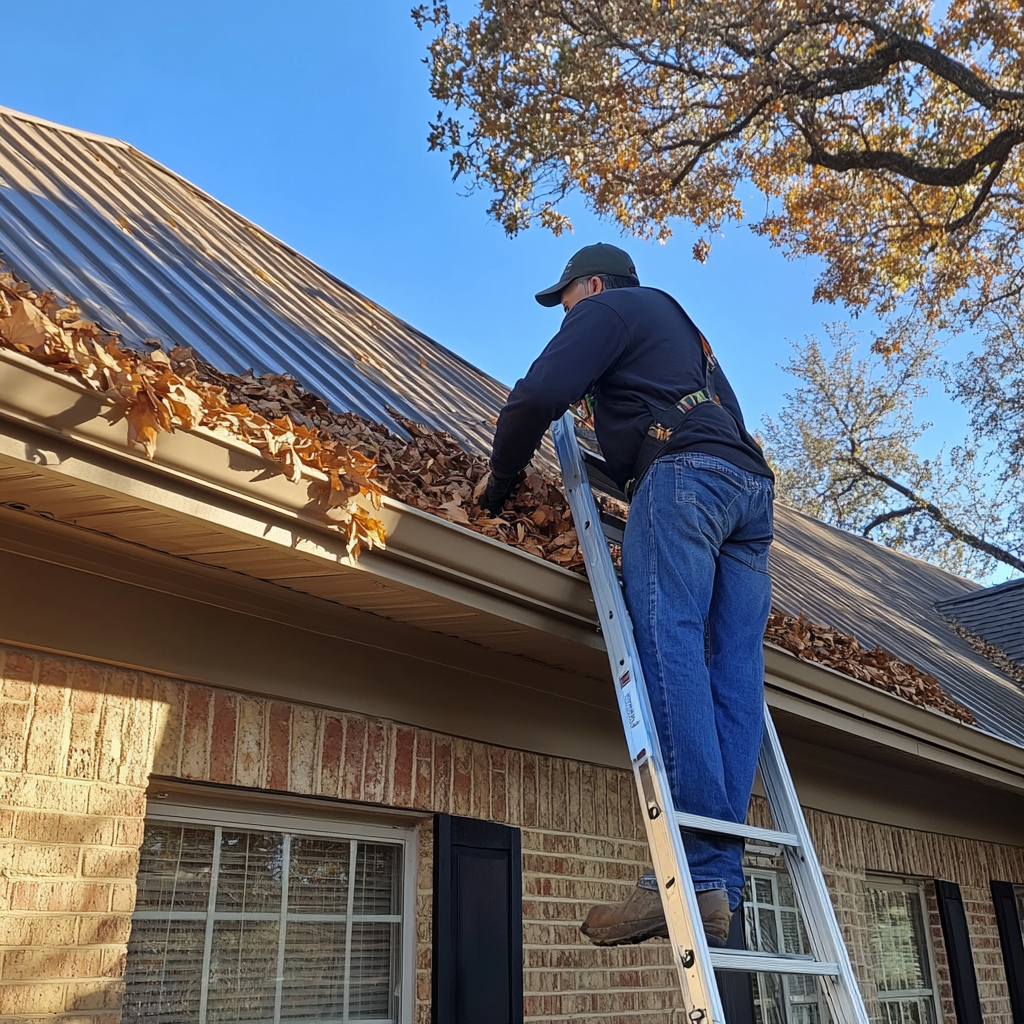Written by Jamie Walker, Published November 18, 2025
The Policy Pitfalls: Why Homeowners Insurance Wont Cover Your Roof Repair or Replacement

Introduction: Unmasking the Truth About Your Roof and Insurance
Your roof is your home’s first line of defense against the elements. When a fierce storm rolls through, you rely on your homeowners insurance policy for peace of mind. But what happens when that peace of mind shatters, replaced by a claim denial letter from your insurance company? It’s a frustrating and often costly reality for many homeowners.
The Common Misconception: Why Homeowners Expect Coverage
Many believe that any roof damage automatically warrants a paid insurance claim. After all, you pay your premiums diligently. This expectation is understandable but often misaligned with the specific terms of an insurance policy, which is a contract designed for specific types of loss.
The Alarming Reality: Facing a Denied Roof Claim
The shock of a denied claim for a roof replacement or significant repair can be a major financial blow. Suddenly, a problem you thought was covered becomes a multi-thousand-dollar out-of-pocket expense, leaving you to navigate a complex and stressful situation alone.
What This Article Will Cover: Empowering You with Knowledge
This article will demystify the common reasons your insurance won’t cover roof damage. We will explore policy fine print, uncover the root causes of denials, and provide proactive strategies to protect your investment and strengthen your position before you ever need to file a claim.
Decoding Your Homeowners Insurance Policy: The Unseen Print
Understanding your homeowners insurance policy is the first step in avoiding claim denial. These documents are not all-encompassing guarantees; they are specific contracts with clear limitations.
The Core Purpose of Home Insurance: Protecting Against Sudden, Accidental Perils
At its core, homeowners insurance is designed to cover damage that is sudden and accidental. Events like a severe wind storm tearing off shingles, a tree falling on your roof, or damage from hail are classic examples of covered perils. It is not a maintenance plan for issues that develop over time.
Key Policy Components That Impact Your Roof Claim
Your policy contains specific language about what constitutes covered roof damage. It will define covered perils, outline exclusions, and detail your responsibilities as a homeowner to maintain the property and mitigate further damage after an incident.
The Critical Difference: Actual Cash Value (ACV) vs. Replacement Cost Value (RCV)
These two terms dramatically affect your payout. An Actual Cash Value (ACV) policy pays for the replacement cost of your roof minus depreciation. If your roof is 15 years old, you’ll receive a much smaller check. A Replacement Cost Value (RCV) policy pays the full cost to replace the roof with similar materials, but often pays in two installments: an initial ACV payment, and the remaining amount after you complete the work.
Navigating Deductibles and Coverage Limits
Every insurance claim is subject to a deductible—the amount you pay before your coverage kicks in. If the cost of a minor roof repair is less than your deductible, filing a claim is pointless. Furthermore, your policy has overall coverage limits that cap the maximum payout.
The Root Causes of Denial: Why Your Roof Claim Gets Rejected
An insurance company will deny a claim if the damage falls outside the policy’s defined coverage. Here are the most frequent reasons.
The Age and Condition Clause: When Your Roof Is Just Too Old
Most asphalt shingle roofs last 15-30 years. If your roof is nearing or has surpassed its expected lifespan, an insurer will likely attribute damage to normal wear and tear, which is not covered. A worn-out roof is considered a pre-existing condition, not a result of a sudden event.

Neglect and Poor Maintenance: The Homeowner’s Unintended Pitfalls
Your policy requires you to perform regular maintenance. If an inspection reveals that the roof damage was caused or worsened by neglected issues—like unaddressed leaks, clogged gutters, or cracked shingles—the insurance company can rightfully deny the claim.
Installation Deficiencies and Building Code Violations
If the roof was installed improperly or fails to meet local building codes, any resulting damage will likely be excluded from coverage. The failure is due to faulty workmanship, not a covered peril.
Gradual Damage vs. Sudden Accident: The Insurance Company’s Distinction
Insurers draw a hard line between gradual and sudden damage. Slow leaks, moss growth, or shingles deteriorating from sun exposure over many years are forms of gradual damage and are not covered. Damage from a hail storm, however, is sudden and typically is.
Policy-Specific Exclusions and Limits
Every homeowners insurance policy contains exclusions. Damage from floods, earthquakes, or even certain types of wind-driven rain might be specifically excluded unless you have purchased additional coverage or endorsements.
Proactive Protection: Strategies to Safeguard Your Roof and Future Claims
The best way to handle a difficult insurance claim is to prevent it. Taking proactive steps can save you immense stress and money.
Regular Roof Maintenance: Your Best Defense
Conduct biannual inspections of your roof, especially after major storms. Clean your gutters, replace any cracked or missing shingles promptly, and address small roof repairs before they become major problems.

Becoming a Policy Expert: Your Pre-Loss Review Checklist
Don’t wait until it’s time for an insurance claim to read your policy. Annually, review your coverage details, understand whether you have ACV or RCV for your roof, and check for any specific exclusions related to wind or hail.
Documenting Your Roof’s History
Keep detailed records, including the date of your last roof replacement, receipts for all repairs, and photos of your roof’s condition every year. This creates a clear timeline that can counter claims of long-term neglect.
When the Claim is Denied: Your Options and Recourse
Even with preparation, a denial can happen. Knowing your next steps is crucial.
Understanding the Denial Letter: The Specific Reasons
Your insurance company must provide a written explanation for the denial. This letter will cite the specific policy language they are using to justify their decision. Read it carefully to understand their position.
The Appeal Process: Fighting for Fair Coverage
You have the right to appeal the decision. This involves gathering your own evidence, such as an independent roof inspection report and contractor estimates, and formally submitting it to the insurer for reconsideration. If that fails, you may consider hiring a public adjuster or consulting an attorney to advocate on your behalf.
At the end of the day, a solid roofing contractor like Texas Direct Roofing can help you navigate the conversation with your insurance company. Good roofing companies aren’t just focused on the roof replacement – we care about your insurance claim experience. We can’t be your advocate with the home insurance company, but we are experts, since we work with hundreds of insurance providers. So for specific questions on a roof insurance claim, give us a call.

